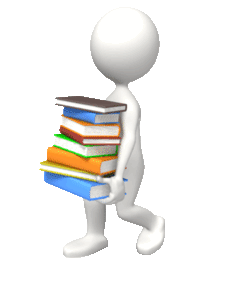Lesson Two - Personal Response to Text
Introduction
 Lesson Two - Personal Response to Text
Lesson Two - Personal Response to Text
Duration - 1 block (1 x 80 min + homework)
"The truth is that literature, particularly fiction, is not the pure medium we sometimes assume it to be. Response to it is affected by things other than its own intrinsic quality; by a curiosity or lack of it about the people it deals with, their outlook, their way of life." - Vance Palmer, Australian author
Unit One is heavy on notes. Do not panic - the remainder of the course is not like this!! This unit is designed as a review and presentation of the bulk of the theory (notes) that you will need for this course. Please print off the notes and store them in a separate binder for easy reference as you move through ELA 10-1.
In this lesson, you will examine the visual codes used on television and in movies through an exploration of various camera techniques, as well as the use of lighting and colour, and the rule of thirds. You will begin with a discussion about camera-subject distance, and review various film techniques that are used to create visual meaning.
The text of a visual is its content. The context is the environment in which it was created and received. The subtext is its underlying meaning, which may be deliberately obscured. It is this subtext that you must learn to interpret.
You will also review how to write a personal response to text. In this lesson, the examples provided are from a visual text, and you will be responding to a second visual text, but the "rules" regarding a personal response apply to any type of text - visual, multimedia, or print.